Outdoor concerts are a perennial summer pastime for New York City residents, and perhaps none is more beloved than the New York Philharmonic’s traveling summer series to the parks throughout the boroughs. Before the series began in 1965 (and which for a time included visits to Long Island and elsewhere), the Philharmonic held a longstanding residency at Lewisohn Stadium, a Greek-style amphitheater and athletic facility owned by the City University of New York. I looked into its remarkable history in the February 2021 issue of BBC Music Magazine.
Perched over Upper Manhattan, Lewisohn Stadium was featured in at least two prominent films, the first being 1945’s “Rhapsody in Blue,” a Hollywood biopic of George Gershwin. Its appearance comes in the climactic scene, as pianist Oscar Levant and conductor Paul Whiteman lead the title piece.
The stadium was 30 years old at this point, and viewers could momentarily forget its discomforts — the stony seats, the spotty amplification — as Gershwin’s swooning theme accompanies shots of the city’s twinkling lights.
Skip ahead to 1973 and Lewisohn had been abandoned, covered in graffiti and slated for demolition (a college building and a parking lot would take its place). But first, it provided a noir-ish backdrop for Sydney Lumet’s crime drama “Serpico.” This scene features a meeting between two cops, played by Al Pacino and Tony Roberts.
Decades before its unceremonious demolition (and before New York faced growing crime problems and near-financial collapse), Lewisohn Stadium gave people from all walks of life the chance to hear names like violinist Fritz Kreisler, soprano Leontyne Price and clarinetist Benny Goodman for as little as 25 cents for some seats. It endured a pandemic, a world war, depression and suburban flight, while promoting a proud civic spirit.
Stanley Drucker, the New York Philharmonic’s retired principal clarinetist, reminisced in a phone call about his solo debut with the orchestra, which took place at the stadium. “It was a beautiful summer night, and exciting for a young player,” he told me, of playing Mozart’s Clarinet Concerto. “In those days we played six concerts per week, with six rehearsals. Every program was different. One got to really play repertoire and learn it fast.”
The early decades brought a particular spirit of eclecticim. As I write in the BBC Music article:
“The roaring twenties were a particularly freewheeling era, bringing Philharmonic performances of Prokofiev’s Scythian Suite, Honegger’s Pacific 231, John Alden Carpenter’s Skyscrapers, Charles T. Griffes’s The Pleasure-Dome of Kubla-Khan and Stravinsky’s The Rite of Spring. The latter drew boos, whistles and some raucous applause when conductor Willem van Hoogstraten introduced it in July 1926. Mahler symphonies were presented to audiences of 6,000 to 7,000 listeners, decades before they became concert-hall fixtures. Even after the market crash of 1929, a vibrancy remained, as in one all-Gershwin concert of 16 August 1932.”
For more background, Jonathan Stern’s Music for the (American) People: The Concerts at Lewisohn Stadium (2019) offers a decade-by-decade history of programming at the venue. In its later days, Lewisohn Stadium also hosted the Metropolitan Opera and a jazz series with numerous luminaries. Here is a performance featuring Leonard Bernstein and Louis Armstrong from July 14, 1956.
Top photo: A Greek tragedy performed at the dedication ceremony for the Adolph Lewisohn Stadium on May 29, 1915. (Archives, City College of New York)

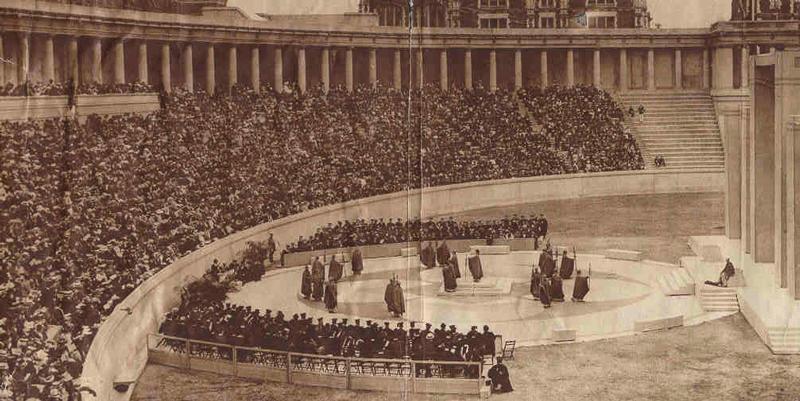
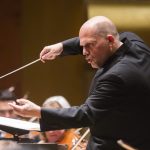
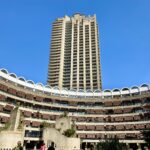
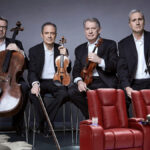
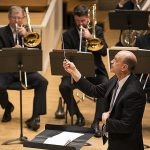

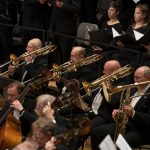
Leave a Reply